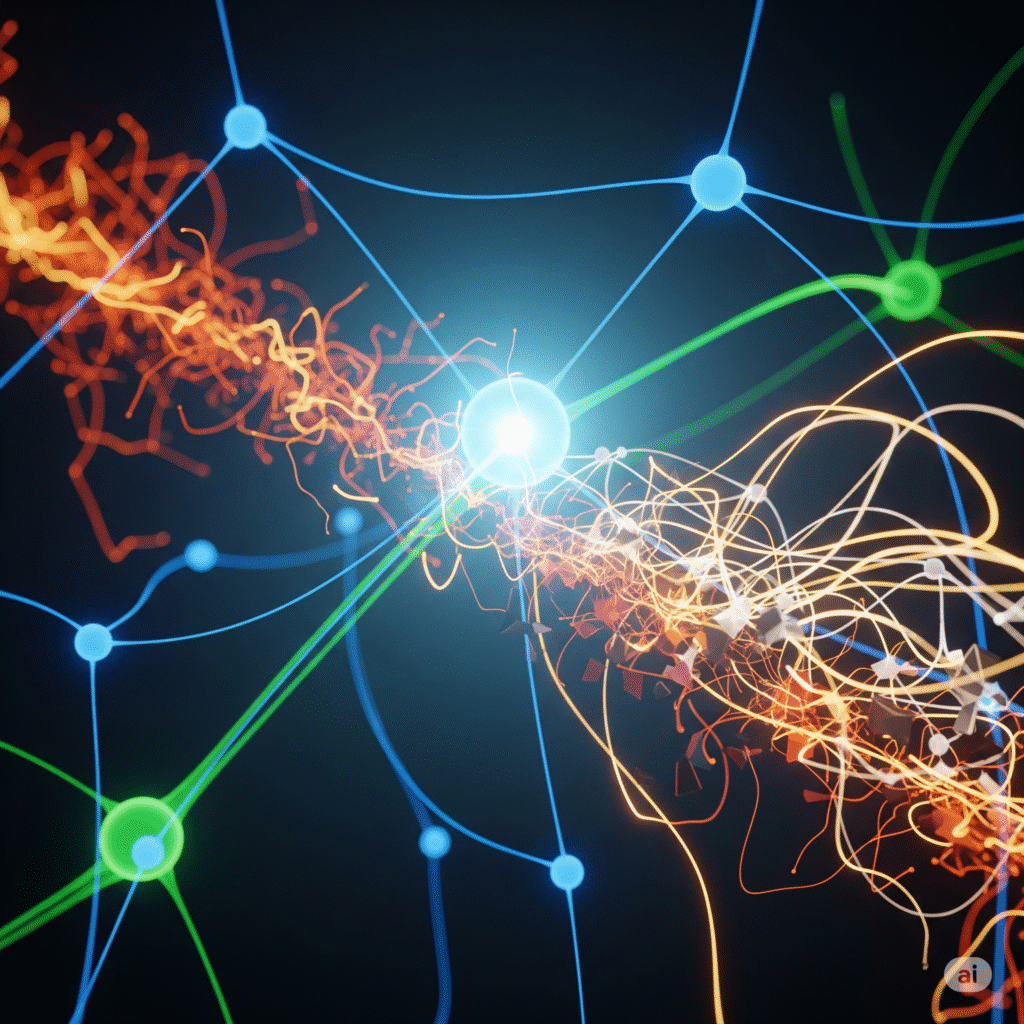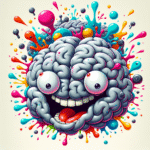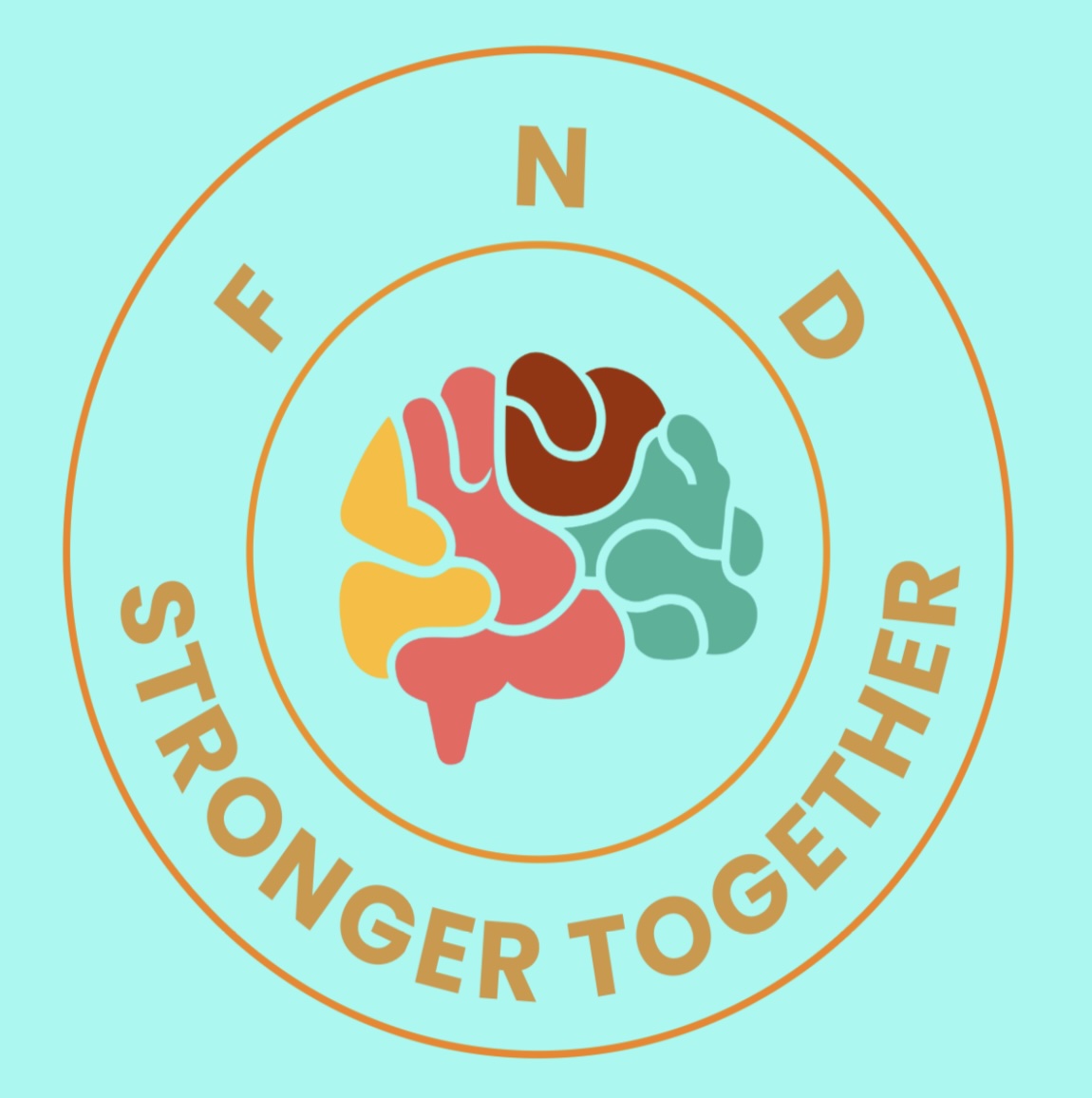
Demystifying FND: A Guide to Functional Neurological Disorder
Introduction: The Enigma of FND
Imagine waking up one day and your body does not work right, but doctors see nothing wrong on scans.
For many, this happens before they are diagnosed with Functional Neurological Disorder (FND).
What is FND?
Functional Neurological Disorder (FND) is a condition where normal brain function is disrupted, causing symptoms such as weakness, tremors, seizures, and speech problems.
This happens without any clear structural disease such as stroke, multiple sclerosis, or epilepsy.
Indeed, It is important to know that FND is a real physical condition and not just “all in your head,” as some people wrongly think.
How Common is FND
Many studies show that Functional Neurological Disorder (FND) is the second most common diagnosis after migraine in patients who see neurologists.
Read More:- https://neurosymptoms.org/en/faq-2/how-common-is-fnd/
Purpose of the Blog
Firstly, this blog will explain the truth about FND, help to clear up some common myths.
Finally, giving a simple basic understanding.

The “Why” of FND: Causes and Risks Factors
When someone has FND, their brain, spinal cord, and nerves look normal.
But the way they send signals to each other is not working right, especially for movement, feeling, and emotions.
Furthermore, this causes real symptoms that happen without control (Involuntary movement)
You can think of it like this:
- Structural problem (eg, stroke): Damage to the brain’s ‘hardware’ (eg, a broken wire)
- Functional problem (FND): A bug in the brain’s software (eg, a program not running correctly), even though the hardware is intact.
This is important because your symptoms are not something you do on purpose or can just stop.
Indeed, they are real problems caused by your brain.

There are many factors can make a person more likely to develop FND.
These include:
Predisposing Factors
These events happened before FND symptoms occur.
Therefore, It is important to know that FND can develop even without these events.
- Chronic Pain
- Other Neurological condition (e.g.Migrane)
- Stressful life event
- History of trauma
Precipitating or Triggering Factors
These are events that happened when FND symptoms started
- Limb injury triggering FND limb weakness
- Faints or panic attacks triggering Functional Seizures
- Drug Side effects triggering functional tremor
- Prolonged fatigue
- Migraine
- Infectious illness
- Extreme stress
Perpetuating Factors
These are all things that, once you get sick, only make your condition worse, such as:
- Struggling to Obtain a Diagnosis
- Not being believed by health professionals or friend and family
- Starting strong medicines like opiates, which can often make FND symptoms worse
- Feeling overwhelmed, depressed, or anxious about your current situation

The Many Faces of FND: Common Symptoms
The number of symptoms a person with Functional Neurological Disorder (FND) has can be very different from one person to another.
For example, some people have only a few symptoms, whilst others have many and more complex symptoms.
In addition to the main FND symptoms, people often have other problems such as constant pain and tiredness, which can affect their daily life and well-being.
Common Symptoms Of FND
Motor Symptoms
- Weakness or paralysis of limbs
- Tremors or shaking
- Abnormal gait or difficulty walking
- Dystonia (involuntary muscle contractions)
- Jerky or inconsistent movements
Sensory Symptoms
- Numbness or tingling sensations
- Loss of sensation in certain body parts
- Visual disturbances such as double vision or blindness occur without an organic cause
Seizure-Like Episodes
- Nonepileptic seizures or psychogenic non-epileptic seizures (PNES)
- Episodes that resemble epileptic seizures but have no abnormal electrical brain activity
Speech And Voice Problems
- Slurred speech or difficulty speaking
- Voice changes or loss of voice
Cognitive And Psychological Symptoms
- Memory problems
- Concentration difficulties
- Anxiety, depression, or other mood disturbances
Other Symptoms
- Fatigue
- Dizziness or unsteadiness
- Pain without clear neurological cause

The Diagnostic Journey: How FND is Identified
Functional Neurological Disorder (FND) is usually diagnosed by your healthcare provider based on typical signs of the condition.
In my case, a neurologist who specializes in FND confirmed the diagnosis.
Your provider may do tests to rule out other illnesses before diagnosing FND.
I had an MRI of my brain and spine, both showed no problems, and I was carefully examined by a neurologist.
It is important to rule out other causes before diagnosing FND.
Many disorders have similar symptoms, and about 25% of people with FND also have another neurological condition.
A person can have both FND and problems like sciatica, carpal tunnel syndrome, epilepsy, or multiple sclerosis (MS).
As such, the diagnosis should rely on the specific clinical signs of FND and not just the lack of evidence for other diseases.
Your healthcare provider might ask you to record a video of your symptoms to see them directly, as FND symptoms may not show during visits.
Learn more about tests for FND at: https://neurosymptoms.org/en/treatment/investigations/
Challenges in Diagnosis
Before seeing a neurologist, patients often face many challenges
- Some medical professionals may not be aware
- Patients feel frustrated when first misdiagnosed or dismissed
- Patients struggle to be believed that their symptoms are real
It is important to be patient and keep trying to find the right diagnosis because this leads to proper treatment and confirms the patient’s experience.

Treatment and Management: A Path to Recovery
Treatments
Indeed there is good news: that there are treatments for Functional Neurological Disorder (FND) that can help manage and improve the condition.
However, access to these treatments may depend on where you live.
These treatments are rehabilitation therapies aimed at improving daily activities.
Many focus on ‘retraining the brain.’
For some people they will see big improvements or even get better.
Others may still have FND symptoms even after treatment.
- Physiotherapy: Helps improve movement, balance, and correct abnormal patterns.
- Occupational Therapy: Helps with daily tasks, managing energy, and coping skills.
- Psychological Therapy: Cognitive Behavioural Therapy (CBT) is the main treatment for Functional Neurological Disorder (FND). It helps with triggers, coping skills, and related issues like anxiety and depression. Note:- This therapy retrains the brain and is not about “fixing a mental illness.”
- Speech and Language Therapy: For speech and swallowing difficulties.
- Repetitive Transcranial Magnetic Stimulation (RTMS) To activate nerve cells in the brain area that control muscles in the arms and legs.
- HYPNOSIS THERAPY Patients are taught to use self-hypnosis as soon as symptoms start to stop or reduce the abnormal movements.
- Medication: Can help manage symptoms linked to FND, such as pain, depression, and anxiety.
Mangement
Managing Functional Neurological Disorder (FND) requires a team approach. It focuses on retraining the brain and nervous system, controlling symptoms, and improving the patient’s quality of life.
- Balance And Pacing: A key method to manage energy and avoid symptom flare-ups by mixing activity and rest during the day
- Mindfulness And Relaxation Techniques Techniques such as deep breathing, meditation, muscle relaxation, and guided imagery help calm the body, lower stress and anxiety, and improve emotional control, which can reduce symptoms.
- Optimising Sleep: Fixing sleep problems with good sleep habits, relaxation methods, and cognitive-behavioral therapy for insomnia (CBT-I) is important because poor sleep can make FND symptoms like tiredness and pain worse.
- Grounding Techniques Methods like sensory, thinking, and physical activities help you stay in the present during tough moments like anxiety or dissociation. They help you feel in control and calm down.
- Nutrition While not a cure, a whole-food, anti-inflammatory diet can support gut and brain health, help manage tiredness, and lower overall inflammation, which may help with FND symptoms.

Conclusion: Understanding, Support, and Hope
Functional Neurological Disorder (FND) in not ‘imaginary’ but a ‘Real‘, ‘Common‘ and ‘Treatable‘ neurological condition
Key Points
- If you think you might have Functional Neurological Disorder (FND), see a neurologist for a medical check-up.
- If you know someone with FND, be kind, listen, and offer gentle support.
- Increase understanding of Functional Neurological Disorder (FND) by sharing clear and correct information.
Message of Hope
FND can feel lonely, but it can be treated.
More is being learned about FND and there are more treatments to help with symptoms.
If you feel like recovery is impossible after being diagnosed with FND, don’t lose hope.
I have personally seen significant improvements in my movement and cognitive problems.
Link to Resources
- FND Hope (www.fndhope.org) stands as a cornerstone of the FND online community.
- Neurosymptoms.org (www.neurosymptoms.org), developed by Professor Jon Stone, a neurologist who has a special interest in FND. Indeed, this is an exceptionally valuable resource.
- myFND (www.myfnd.co.uk) is a secure and user-friendly app designed to assist individuals in managing their FND symptoms.
- FND Explained: Find information to help understand what FND in more detail
- Living With FND: Find practical information on living day-to-day with FND and available treatments


